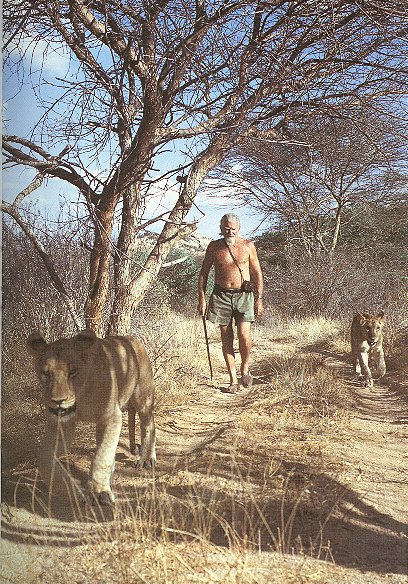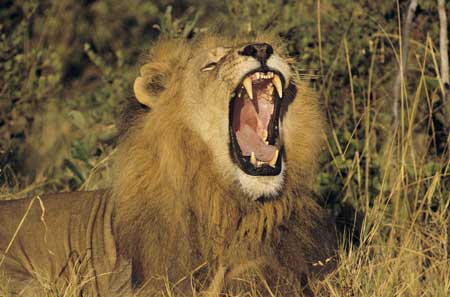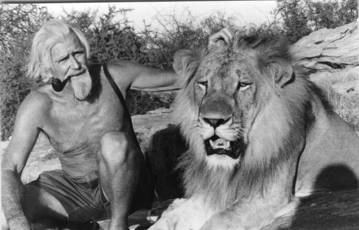
The urban red fox is exactly the same species as the country fox. Due to its omnivorous nature it is incredibly adaptable to differing environments and foxes have now adapted extremely well to life in our towns and cities over the last 50 years or so. They prosper because they find plentiful food and shelter in our gardens, yards and other open spaces. Their diet is varied and will include insects and grubs, slugs, worms, small rodents, and anything that they can raid from our throw away society. At certain times of the year berries can form a major part of their diet: at blackberry time for example their droppings are full of blackberry seeds.
Foxes have become so successful that some estimates put the population in London at as many as 28 foxes per square mile.In towns their most common breeding site is under a garden shed or decking. Foxes are territorial animals, hunting and scavenging throughout their chosen path and defending it against other fox intruders.
Concern is sometimes expressed over "too many" foxes being present in an area but the population, is self regulating and limited by the amount of food and territory available. Cubs born simply replace the number of adults lost since the previous breeding season. Foxes are loners, not pack animals, and the family usually disperses by late autumn.

Fox screams, late at night, often wake and scare people who wonder what on earth is going on, but they are no more than fox conversations and calls to mates when they're feeling amorous! To be honest, I've heard much worse on the X factor! In fact, foxes have a fantastic variety of weird and wonderful sounds that they can make! This is usually only problematic for short periods during autumn, when juveniles are dispersing, and in the breeding season, between Christmas and early February.
Foxes will take livestock such as chickens, rabbits and guinea pigs if they are not properly secured as a matter of instinct not malice! They are, however, unlikely to threaten cats, dogs or humans as some would have us believe and there seems to be lots of evidence to suggest that foxes coexist quite well with all of the above, all of whom are generally more than a match for an adult fox.
As foxes search for food, garden damage may occur which upsets some people, particularly where fish, blood and bone meal fertilisers are confused with buried food. Most garden damage can easily be prevented by using chemical repellents which move foxes on humanely.

Foxes are protected under a series of wildlife protection laws against poisoning, gassing, asphyxiating, maiming, stabbing, impaling, drowning, clubbing and most forms of snaring, with anyone carrying out such acts subject to 6 months imprisonment and/or £5,000 fine per animal. Sadly many of these methods are still regularly used against the fox!
The fox is sometimes referred to as vermin, but it is not, and never has been
categorised as such by the Department for Environment, Food and Rural Affairs(
DEFRA).
Many people now feed foxes on a regular basis. Although this is obviously done as an act of kindness it can have two detrimental results. If too much food is provided, a fox may allow its territory to contract, losing much of it to other foxes simply because it sees no point in defending the larger area. Suddenly, you are in hospital or on holiday and the food source dries up. The only way the fox will find enough food is to go back to the old ways. But its old territory is no longer there. Other foxes who have become established in these areas will not take kindly to sharing their resources, and trouble - even war - may ensue.
A second problem is that foxes may not eat everything provided. They will bury food surplus to their requirements. Perhaps they will return to these caches. Perhaps they will not. If the food is cached in the flowerbed of someone with an 'anti' attitude, they may decide to solve their problem by employing a 'pest controller'. You could kill by kindness.
But if you are determined to feed foxes, what should you provide?
The best available research indicates 95% of an average rural fox's diet consists of meat, both hunted and scavenged, and consisting mainly of rabbits, rats, birds and small mammals. Insects and worms may constitute another 4% and the remaining 1% may consist of fruit. In urban areas these figures will be somewhat different.
Canned dog food is fine. Peanuts and raisins are popular, cannot be carried away, and will satisfy a fox's 'sweet tooth', and, because these small items take more time to gather, you will have the

opportunity to watch foxes in your garden for longer periods without causing problems to your neighbours.
But it is worth remembering - foxes don't need us. They have always coped. They always will.
In reality, the majority of people like urban foxes. In a survey about wildlife in their garden completed by nearly 4000 household across Britain, 65.7% liked urban foxes, 25.8% had no strong views and only 8.5% disliked urban foxes. In a recent survey by
The Mammal Society foxes were voted one of the most popular British mammals.
As we, humans increasingly encroach on their rural territories, foxes will have no option but to resort to city life in order to survive!

 However, in an unnatural situation such as in a hen house, where the prey cannot escape, this behaviour, called 'surplus killing' leads to the fox killing far more prey than it could ever consume. It can't help itself - It does it purely by instinct.
However, in an unnatural situation such as in a hen house, where the prey cannot escape, this behaviour, called 'surplus killing' leads to the fox killing far more prey than it could ever consume. It can't help itself - It does it purely by instinct.






































.jpg)














